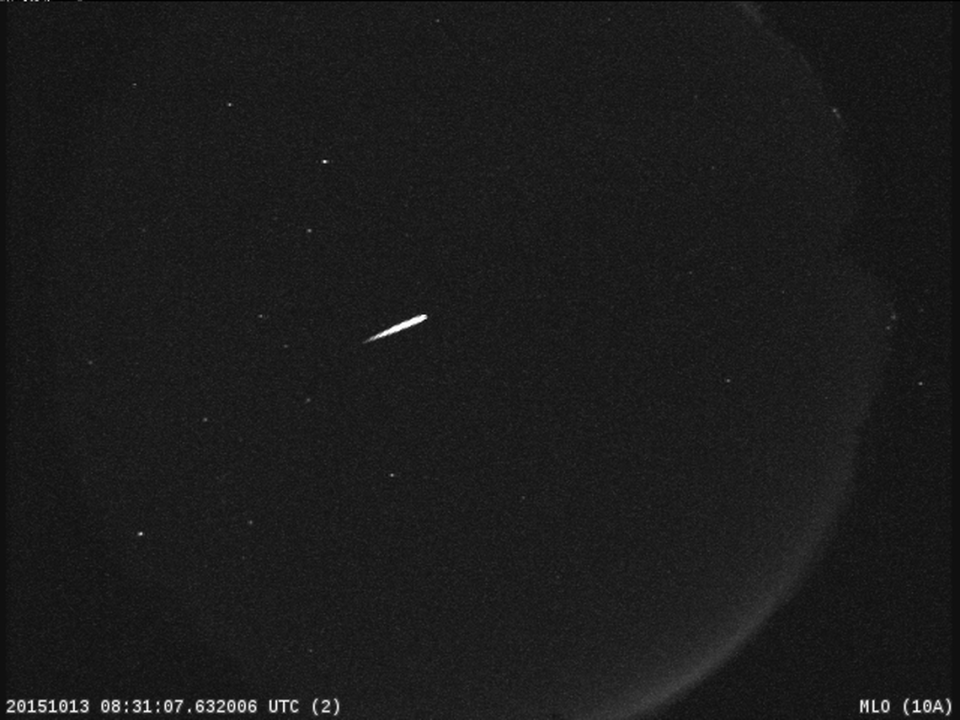Orionids meteor shower will peak this weekend. When and how to see the flashy display.
What NASA calls one of the more thrilling meteor showers of the year peaks this weekend, and conditions should be relatively good for skywatchers hoping to see it.
What meteor shower will be visible?
The Orionids — so called because they appear to originate from the area of the night sky around the constellation Orion — are visible every October into November. That’s when the Earth moves through the debris field left by Halley’s Comet, which was last visible from our planet in 1986.
As the Earth travels through the dust, which is stationary in space until the planet passes through it, the particles compress the air in front of themselves and create white-hot shock waves, says Dr. Amy Sayle, a science education specialist at UNC’s Morehead Planetarium and Science Center in Chapel Hill.
The shock wave is what creates the gasp-inducing streak across the sky we see from here.
Though the meteor shower can be seen for weeks, on Friday and Saturday nights after midnight it will generate more visible meteors per hour than any other time during this year’s appearance.
What’s so special about the Orionids?
NASA says the Orionids are some of the fastest-moving meteors we see because the Earth is hitting the particles nearly head-on. Think how it looks through the windshield when you drive through falling snow.
NASA says the meteors — pronounced o-RYAN-ids — are traveling at about 41 miles per second.
What’s the best way to view the Orionids?
▪ To best view the Orionids or any meteor shower, it’s best to go outside away from light sources such as street lamps and brightly lit housing developments.
▪ Take a reclining beach chair, blankets or sleeping bag to a place where you have the widest view possible of the sky.
▪ Put away your phone. If you must use a flashlight to set up your spot, put a red filter over it.
▪ Lie back and look up. While it may appear that the Orionids originate from the area around Orion, the meteors will be visible all over the night sky.
▪ After 20 to 30 minutes, your eyes should adjust to the dark, and you should be able to see up to 20 meteors per hour.
Will the weather cooperate?
Cloudy skies during the recent solar eclipse made that event a bust in the Raleigh area. We should have better luck this time.
▪ Friday night: The National Weather Service forecast calls for thunderstorms Friday evening and cloudy conditions until around midnight. Partial clearing is expected after midnight and by 3 a.m. Saturday, skies should be mostly clear.
▪ Saturday night looks even better, with mostly clear skies expected.
Low temperatures each night should dip to about 50 degrees, so wrap up. Fill a Thermos with hot chocolate.
According to NASA, a waxing crescent moon might obscure some of the meteors but will leave enough of the sky dark that the Orionids should be easy to spot.


